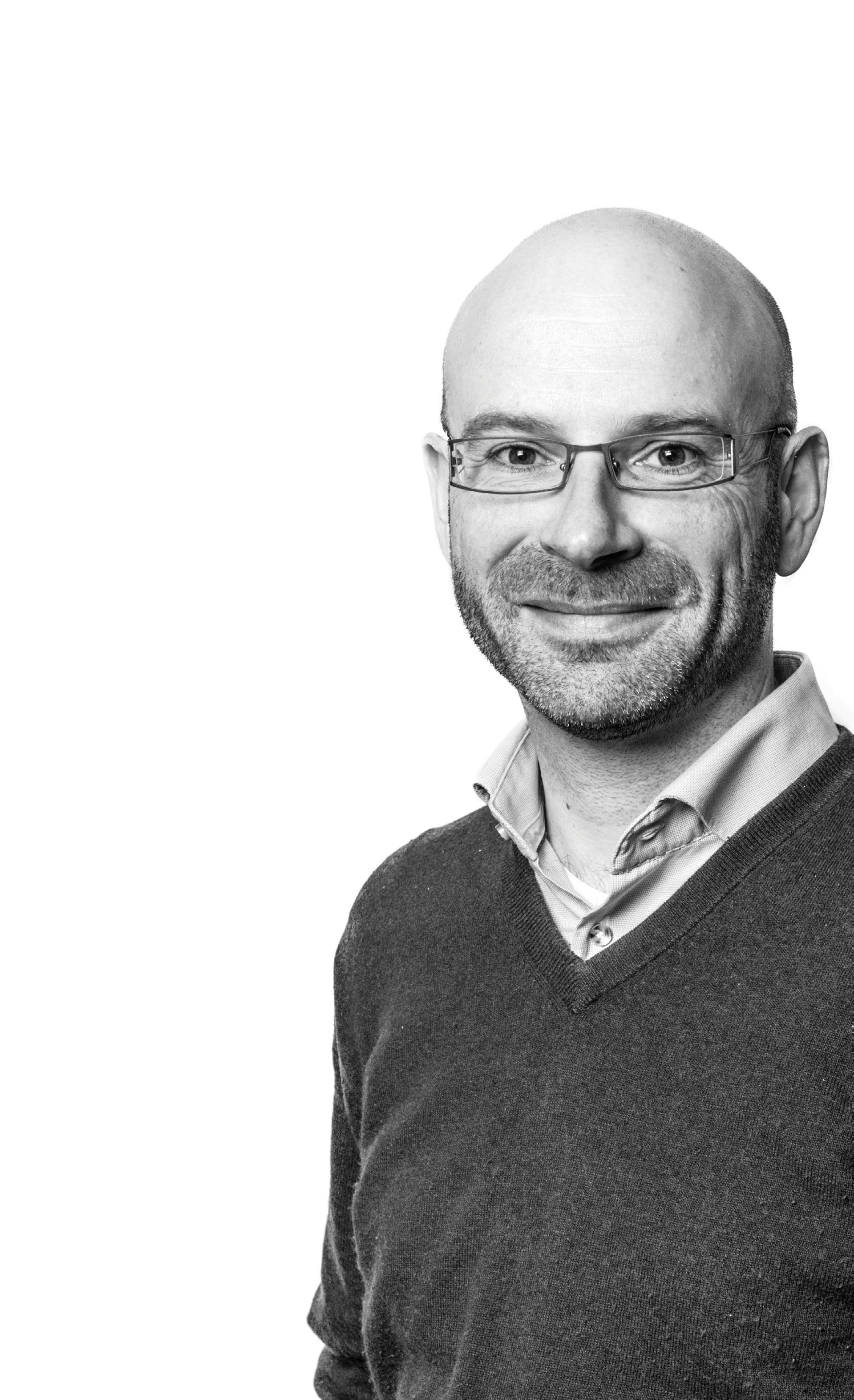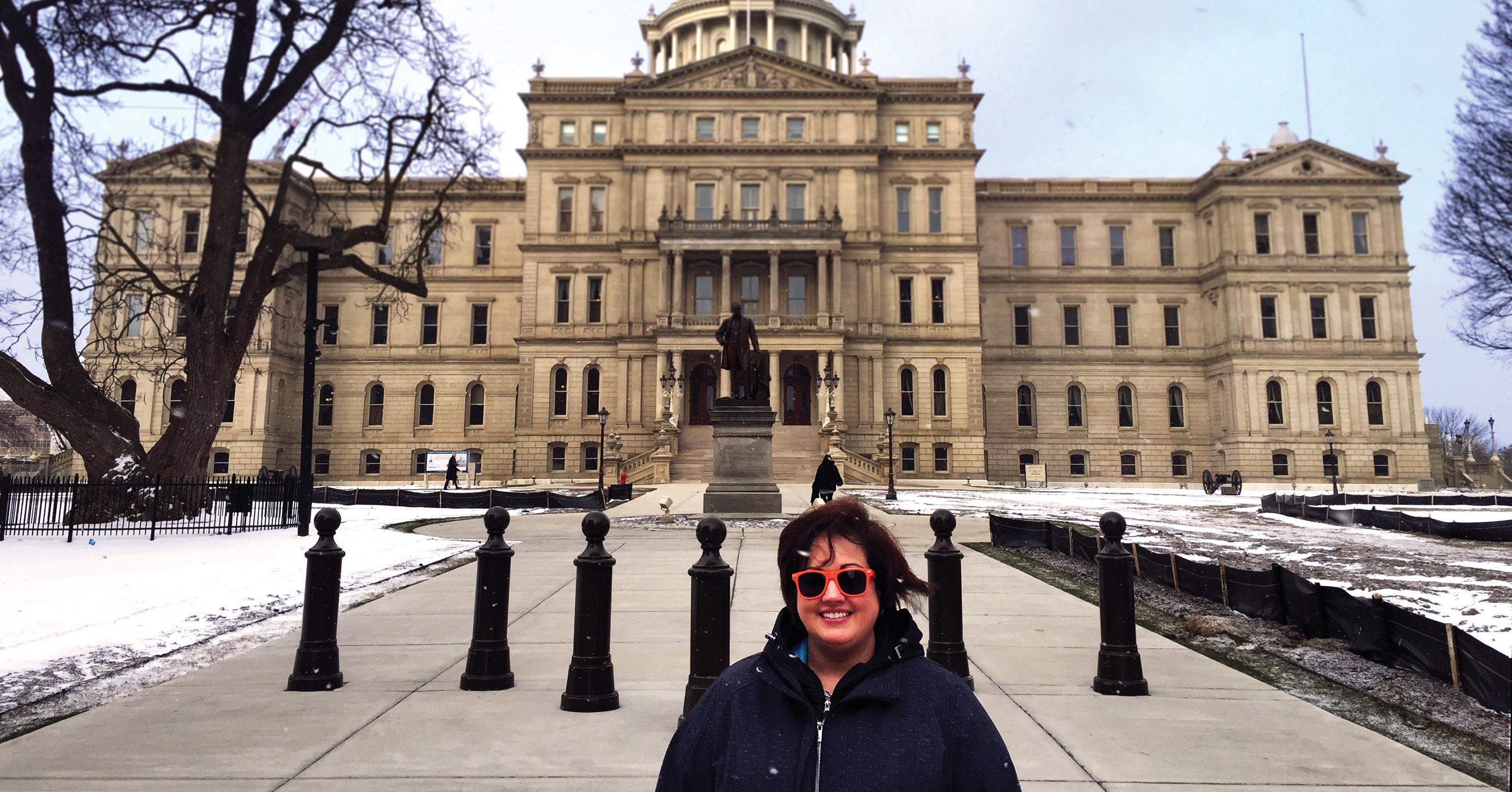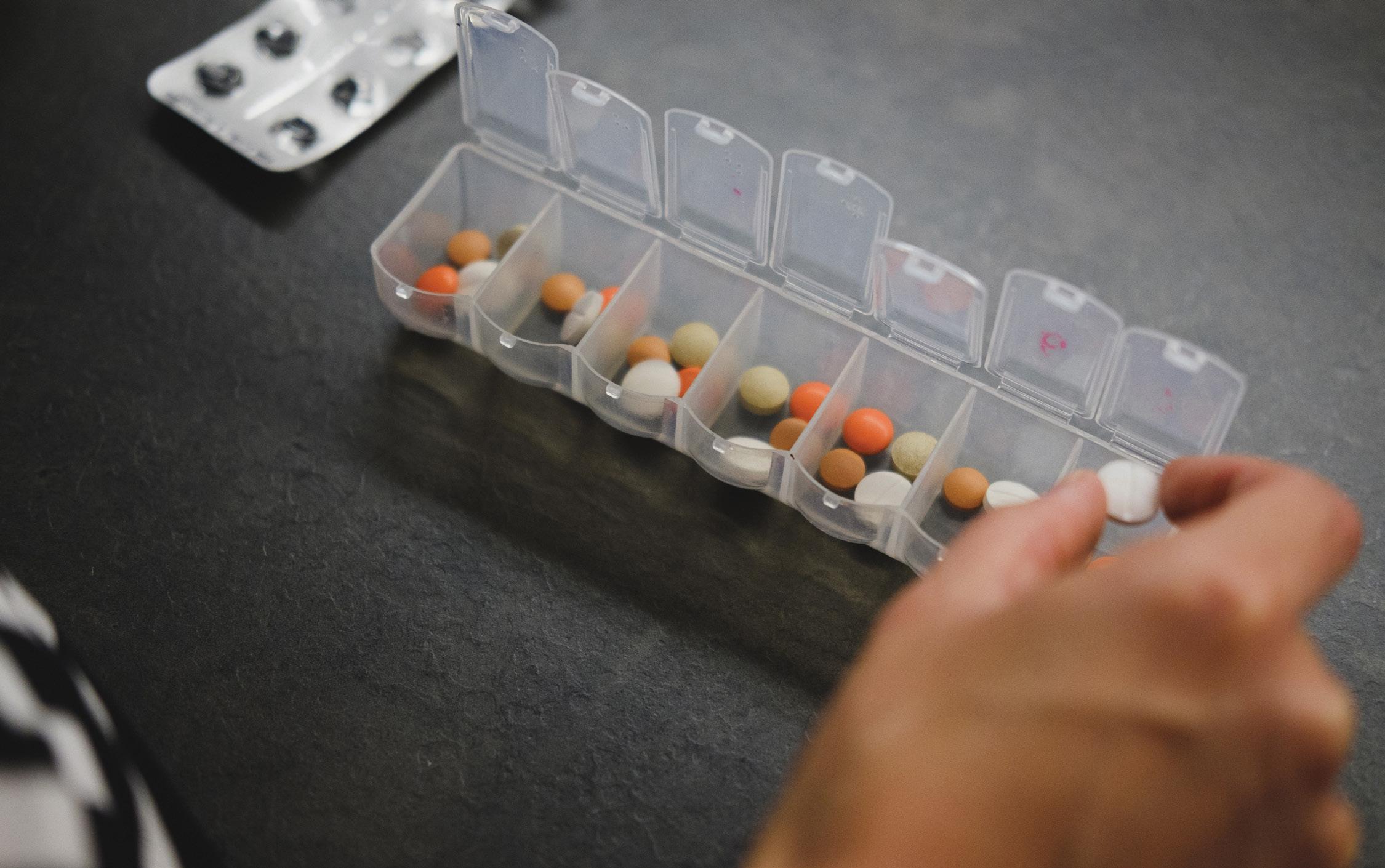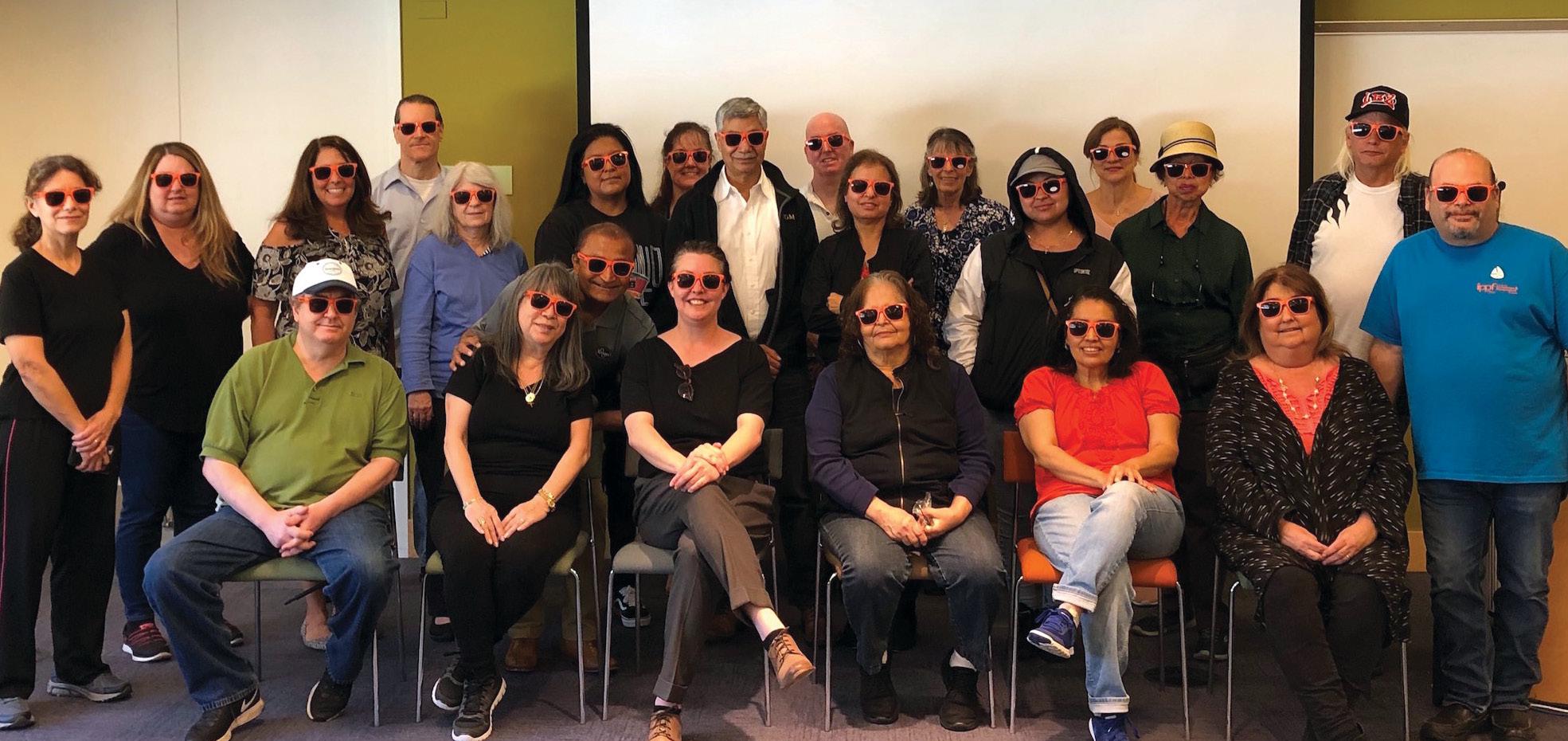
3 minute read
Rare Together in China: MY VISIT TO THE INTERNATIONAL BULLOUS SKIN DISEASE SYMPOSIUM
On October 16, 2019, I boarded a 13-hour flight to Shanghai, China, to represent the IPPF at the 7th Shanghai International Bullous Skin Disease Symposium. The IPPF was invited to attend by Meng Pan, MD, PhD, and Chairman at Rui Jin Hospital, Shanghai Jiao Tong University School of Medicine.
Held every two years, the symposium has achieved great success and earned a reputation among doctors and physicians. This year, a number of well-known scholars from around the world in the field of bullous diseases were invited to present the latest research findings and share diagnosis and treatment progress. Additionally, I was invited to address Chinese patients directly at the first ever patient-doctor discussion at the symposium. Prior to the symposium, I was aware that there were doctors and patients in Shanghai that were interested in starting a patient support organization in China. I felt honored to represent the IPPF and hoped that I would have the chance to meet another patient with mucous membrane pemphigoid.
Advertisement
After a long flight, I arrived in Shanghai and was greeted at the airport by a very cheerful, young medical student named Yen-chi. From the outskirts of Shanghai, we headed to the bustling city of 24 million people to meet the other invited symposium guests for dinner. As we entered the city, I was amazed by all of the large, modern buildings decorated by beautiful lights. After some incredible food and hospitality, I excitedly headed back to my hotel to prepare to meet patients like me from halfway around the world.
When I arrived at the symposium, I was surprised to find approximately 100 patients, medical students, and doctors gathered for the patient forum in a large lecture hall. I had never worked with a translator before, so I had to remind myself not to rush through my presentation and to allow Yen-chi enough time to convey my message in Chinese to the attentive audience. As I shared my story of how long it took to be diagnosed after seeing six doctors, I was astonished to see many heads nodding in agreement. I spoke about the high dosage of corticosteroids I was on and the side effects I experienced as the patients in the hall whispered to each other. I recalled all of the treatments that my doctors prescribed and challenges that I faced in my everyday activities as I realized that everyone in the room knew exactly what I was talking about. At that moment, I understood that it doesn’t matter what part of the world someone lives in, all people with these diseases share common experiences. I told the attendees about the IPPF, the services we offer, the support we give, and how the hope we provide is crucial to all those affected by pemphigus and pemphigoid (P/P).
After my presentation, both a pemphigus and pemphigoid patient got up and spoke about their disease experience. Although Yen-chi was translating to English for me, I could see the familiar anguish on their faces as they described their journeys. As they spoke, I could also see the relief they were experiencing as they finally had the opportunity to share their stories with people who knew exactly how they were feeling. When I asked Yen-chi how many people they saw in the hospital at the bullous disease clinic each day, she told me they see about 200. My jaw dropped, as I couldn’t believe the large number of people who are served. She went on to tell me that many people travel great distances from villages far from Shanghai to see an expert. It reminded me of the patients I’ve spoken to in the United States who had to travel five hours to see an experienced physician. Again, I was reminded that as rare disease patients, we have so much in common. Our language and customs may be different, but together we are all rare.
Attending this important symposium taught me a great deal about the patient experience. I now understand that all patients with this disease can benefit from the support of a patient organization like the IPPF. I also realized that even though we have access challenges in the United States, we still have more therapies available. Most importantly, I learned that the IPPF can be a bridge to patients from around the world and help them communicate their stories to accelerate diagnosis and treatments.
Marc Yale was diagnosed in 2007 with cicatricialpemphigoid. In 2008, he joined the IPPF as a PeerHealth Coach and was promoted to Executive Directorin 2016. Marc currently resides in Ventura, California,with his wife Beth and daughter Hannah.









